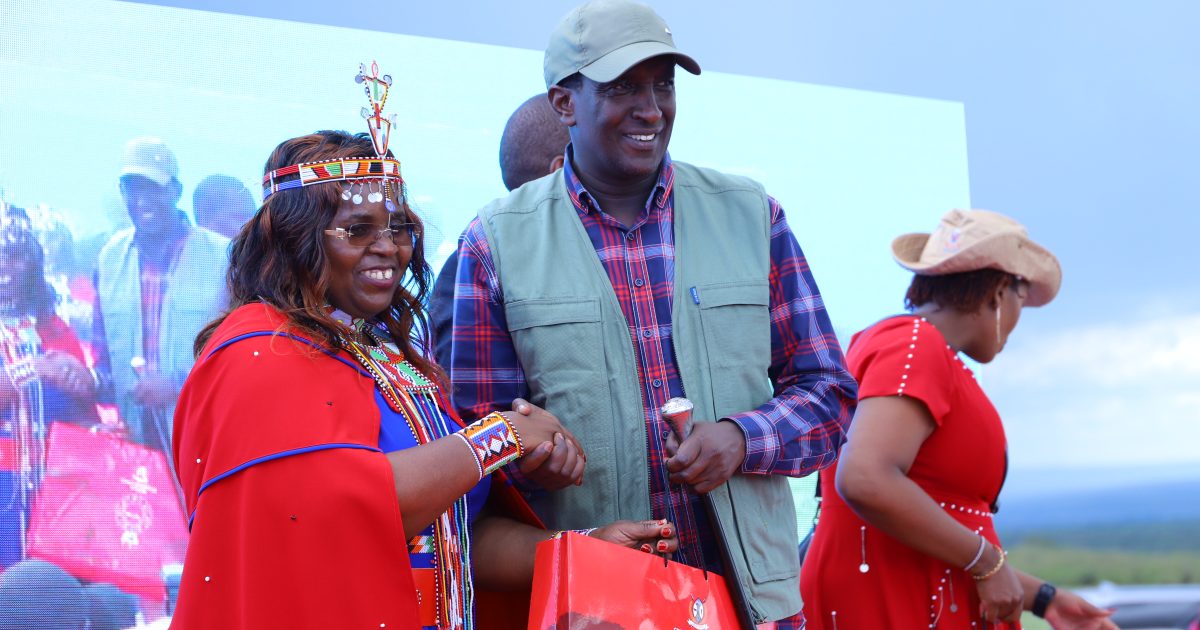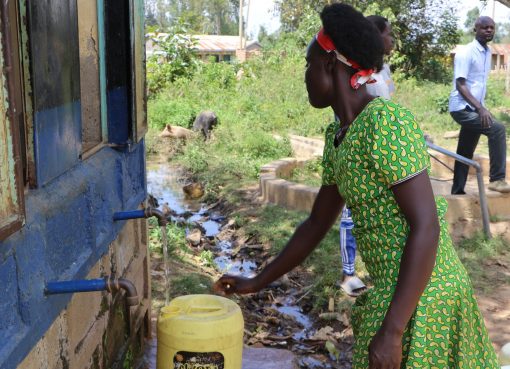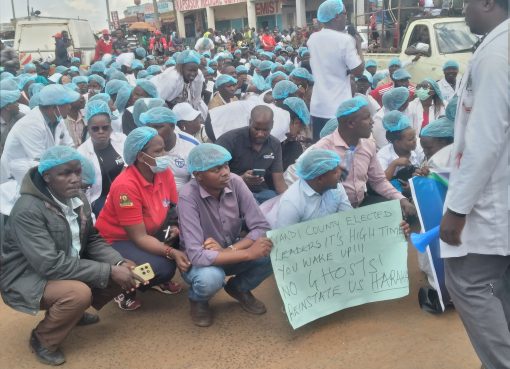The Maasai Mara National Reserve is the goose that lays the golden egg for Narok people since the reserve contributes more than 70 percent of the local revenue.
In the 2022/ 2023 financial year, the county government projected to collect about Sh3 billion from the National Reserve.
According to the Chairperson of Tourism, Wildlife and Culture Committee of the Narok County Assembly Manchau Shuma, the National Reserve was first established in 1948 when the Mara Triangle, a 520 square kilometer area between the Siria escarpment, the Tanzanian border and the Mara River, was declared a National Game Reserve.
Shuma said the primary aim of the national reserve was to protect the spectacular wildlife in the ecosystem.
In 1961, the reserve was brought under the control of the County Council of Narok and the core area was extended to the east to encompass an area of 1, 831 square kilometers.
In 1984, parts of the reserve were set apart to provide access to watering points for livestock and the reserve was brought to its present size of 1, 530 kilometers.
Shuma who doubles up as the Loita Ward Member of County Assembly (MCA) said in 1995, following the creation of the Trans Mara District, the management of the Reserve was split between the County Councils of Narok (CNN) and County Council of Trans Mara (CCTM).
CNN was responsible for the reserve to the east of the Mara River while CCTM was responsible for the reserve to the west of the river (also known as Mara Triangle).
However, he said, after the promulgation of the new constitution, the two county councils were superseded by the Narok County Government, which is now responsible for the management of the entire reserve.
In a bid to strengthen the National Reserve, the Narok County Government launched three policy documents namely: The Maasai Mara Management plan, Spatial Plan and greater Mara ecosystem plan to be used between 2023-2032.
The launch was presided over by Tourism Cabinet Secretary (CS) Peninnah Malonza and her Environment counterpart Soipan Tuya in an event hosted by Narok Governor Patrick Ntutu at the Sekenani Gate in the Maasai Mara National Reserve.
Also present was Principal Secretary (PS) in charge of Tourism John Ololtua, PS Wildlife Ms. Silvia Museiya and PS Culture and Heritage Ms. Ummi Bashir; MPs Ken Aramat (Narok East), Kitilai Ole Ntutu (Narok South), Julius Sunkuli (Trans Mara West) and David Sankok (East Africa Legislative Assembly).
CS Malonza said the three documents will go a long way in preserving the great ecosystem as the management of the game reserve is expected to improve.
“When the Governor visited my office to tell me about the plan, I could not wait any longer because I knew it was a good thing for the community. It will also safeguard the National Reserve,” she said.
The CS promised to admit many interested Maasai men to the Utalii College, which she heads, so that they can undertake courses that are related to tourism and wildlife protection.
Ms Tuya who hails from Narok County said the launch of the three documents was a landmark step towards boosting the world-famous Maasai Mara National Reserve.
Governor Ntutu said the ten-year plan is a significant milestone in the development and management of the National Reserve as it reflects the diverse interests, and concerns of all those who care about the future of the Maasai Mara National Reserve.
“For the sake of the future of our people, it has necessitated us at this juncture to act swiftly and have the plans in place,” he said, adding that the process to enact the management plan started back in 2007 and over 50 meetings that involved various stakeholders and environmental scientists have since taken place.
Similarly, he said, the county Spatial Plan process started in 2016 while the Greater Mara Ecosystem Management plan was initiated in 2020.
“With great effort, my administration has managed to have these three plans approved within a record of five months because of the great support from the County Assembly,” said Governor Ntutu.
The governor said the enactment of the plans was supported by the Wildlife Conservation & Management Act of 2013 and Physical and Land Use Planning Act (2019).
He revealed that a joint County Assembly committee comprising Tourism, Wildlife, Culture, Physical planning, Lands, Trade and Cooperatives development made the recommendations that were passed by the County Assembly.
“The three documents were passed unanimously by the county government. Not a single Member of the County Assembly opposed it,” he said.
He said the joint committee held several meetings within and outside the precincts of the County Assembly to familiarize themselves with the document, guided by experts and various stakeholders before undertaking public participation.
Among the key issues highlighted in the management plan is the zonation and visitor use scheme aimed at managing and regulating visitor use and impacts in the different zones at the National Reserve.
The zonation scheme, according to the management plan, establishes four categories of zonal area which are high-use zone, low use zone, Mara River Ecological zone and MMNR buffer zone.
In the new law, the high use zones will be the focus of management efforts to enhance the reserve’s tourism product and provide a high quality, proactively managed, wildlife viewing experience for visitors.
The Mara River ecological zone, which has a high tourism pressure because they are the rhino breeding areas and wildebeest crossing points, will have special management prescriptions and actions to protect the zone.
The national reserve will remain with seven entry points namely Sekenani, Talek, Musiara, Olalaimutiai, Sand River, Enoompuai and Oloololo for public road access while the air access entry points are Keekorok, Olkiombo, Musiara, Mara Serena and Kichwa Tembo.
As a way of reducing negative impacts on the reserve’s environment and tourism product, no new ballooning concessions or expansion of existing concessions will be permitted in the reserve during the lifespan of the plan, including balloons taking off from outside the reserve.
A maximum of six balloons per concession will be permitted, with approval and licensing required from the Narok County Government, Kenya Civil Aviation Authority and the National Environment Management Authority.
The local community will continue benefiting from the 19 percent of MMNR entry fee collections to surrounding communities through a Community Support Fund.
In addition, visitors at the Reserve will pay an accommodation license fee that will be determined in the annual County Finance Bill and will be aligned with the category of accommodation that a particular facility falls in.
The new law will also see the road network within the National Reserve developed and maintained to support optimal visitor use and security coverage.
There will be a regular upgrading and rehabilitation of the entire road network at the reserve, thereby optimizing visitor use of the reserve, reducing congestion in heavily used areas, increasing access to new parts of the reserve where appropriate, and consolidating security coverage of the area.
By Ann Salaton





